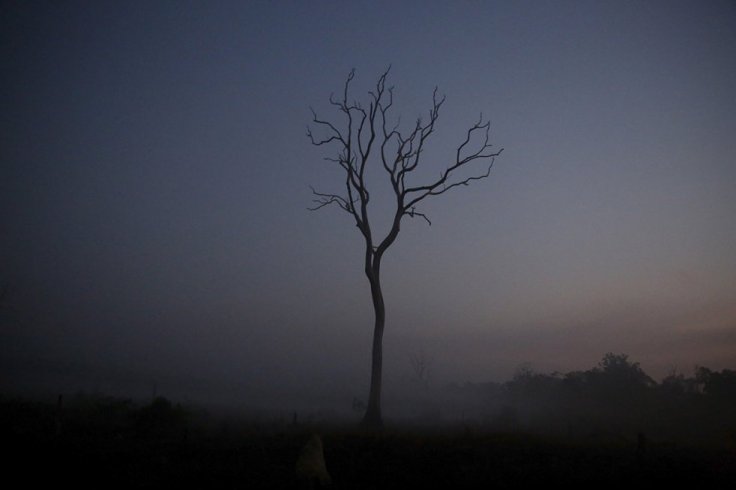
After global warming, many would argue that deforestation is the second biggest threat when it comes to environmental concerns. However, it turns out that's not the case after all, especially when it comes to Southeast Asia.
Researchers have recently discovered that the rate of deforestation across the highlands of Southeast Asia since 2000 has been much higher than expected. Satellite imaging technology was used to witness this change in the region.
Zhenzhong Zeng, a postdoctoral researcher at Princeton University and lead author of the paper published in Nature Geoscience, said that the researchers made use of a combination of computational algorithms and satellite data in order to reach the conclusion.
According to the report, 29.3 million hectares of forest have been lost from 2000 to 2014. That is around 57% more loss than it was estimated by the International Panel on Climate Change (IPCC), according to one of the lead author of the paper.
People have cleared out most of these forests to get crops, Zeng said. This transformation of the mountainous regions from old woods to croplands can leave long-term and devastating effects on the environment, such as damaging the soil retention and spoiling the water quality in that region, he added.
"These forests are an important source for sequestering carbon as well as critical water sources for adjacent lowlands," said the Susan Dod Brown Professor of Civil and Environmental Engineering and one of the members of the research team, Eric Wood.
Deforestation has been a grave issue for a long time in Southeast Asia and with all the efforts made to restore the woods in the world, it was expected that the earthlings were doing better. These new findings are now raising questions about the major assumptions that were made in the projection of global climate change.
More importantly, the significant loss of green cover in Southeast Asia also puts the future environmental conditions of the critically significant ecosystem in question.








